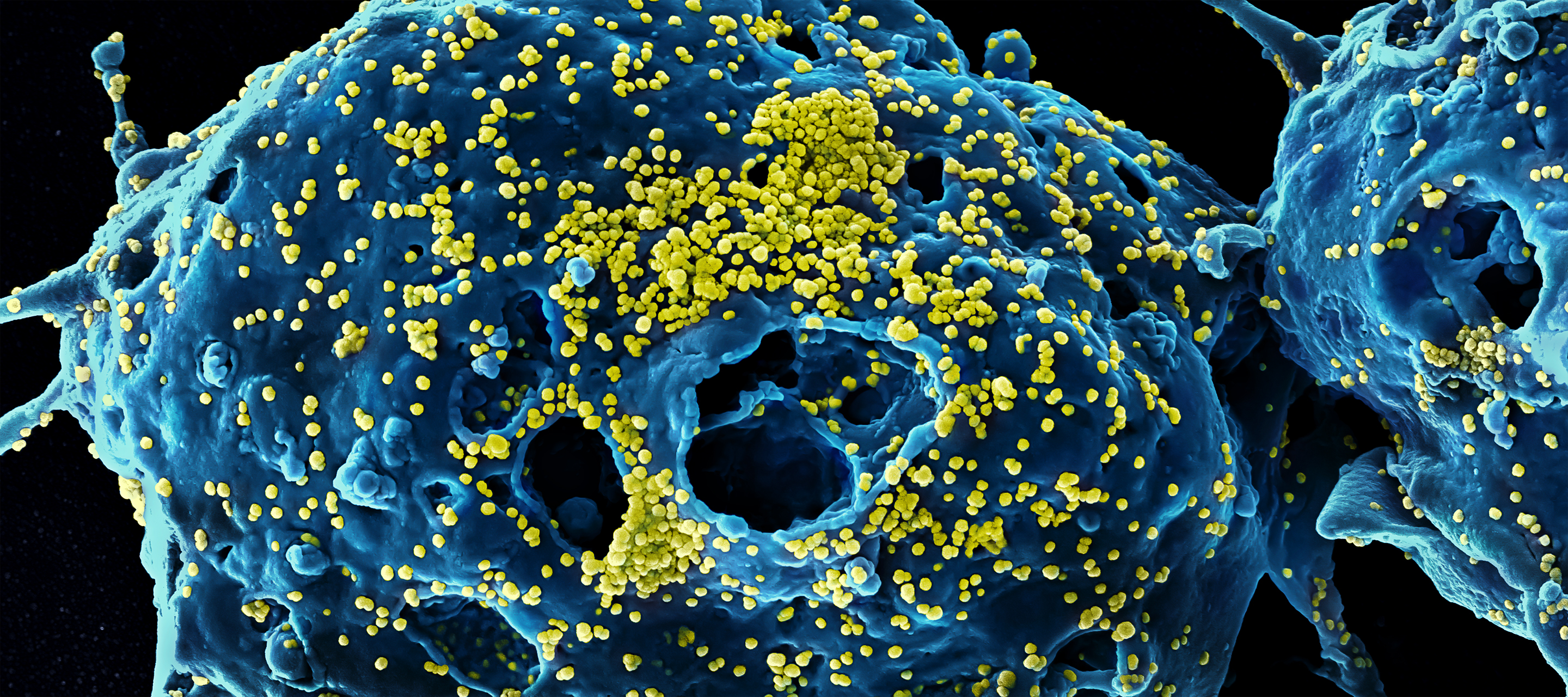According to new research from the Max Planck Institute for Evolutionary Anthropology (MPI-EVA) in Germany and the Karolinska Institute in Sweden, the same genetic variant that increases the risk of developing the severe form of Covid-19 reduces the likelihood by 27%. Infection with HIV – according to a Galileo Journal article. Hugo Seiberg, a researcher at Karolinska Institutet and MPI-EVA, and Svante Pääbo, also at MPI-EVA, discovered in the second half of 2020 that several people inherited the key genetic factor for Covid-19 from Neanderthals. According to Galileo Magazine, the pair studied this variant based on a sample of ancient human DNA in the first half of 2021 and discovered that its frequency had increased dramatically since the last Ice Age.
The gene mutation in question has become very common, and it may have been beneficial in the past.”(…) I started to wonder if it could really be useful for something, like providing protection against another infectious disease,” Hugo Seiberg said in the report.Also see: First HIV patients receive experimental vaccineThis genetic risk factor, however, is located on chromosome 3 in a region that contains multiple genes encoding immune system receptors. CCR5, one of these receptors, is used by HIV to infect white blood cells.

Zberg discovered that people who have the Covid-19 risk factor have fewer CCR5 receptors. As a result, the academic decided to look into whether these people were less likely to contract HIV.The researcher discovered that carriers of the SARS-CoV-2 risk variant had a 27 percent lower risk of HIV infection by analysing patient data from three biobanks (FinnGen, UK Biobank, and Michigan Genomic Initiative).”This demonstrates how a genetic variant can be both good and bad news: bad news if a person gets Covid-19, but good news because it protects against HIV infection,” Zyberg explained.Furthermore, given that AIDS only emerged in the twentieth century, the researcher states, “We now know that this type of risk for SARS-CoV-2 provides HIV protection.” However, it could have served as a preventative measure against another disease.” It became more common after the last Ice Age.”














